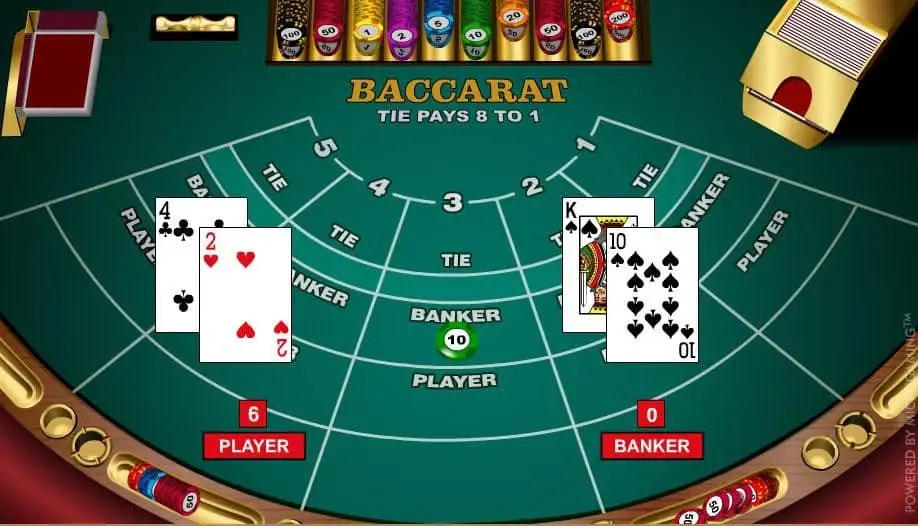
The Basic Way to Play:
Baccarat, a beloved card game in the casino realm, is renowned for its simplicity and elegance. Whether you’re a seasoned player or a novice, understanding the basic rules is essential for an enjoyable experience.
The primary objective in baccarat is to bet on the hand with a total value closest to 9. Three types of bets can be made: on the player’s hand, the banker’s hand, or a tie between the two. Each hand is dealt two cards, with aces worth 1 point, face cards and tens worth 0 points, and other cards at face value. If a hand’s total exceeds 9, the first digit is dropped.
If either the player or banker gets a total value of 8 or 9 with the first two cards, it’s a natural, and no more cards are dealt. If not, a third card may be drawn based on specific rules. For the player, a total of 0-5 necessitates a third card, while 6-7 means standing. The banker then follows similar rules.
After all cards are dealt, the hand closest to 9 wins. Winning bets on the player’s hand pay even money, while banker bets come with a 5% commission. Betting on a tie pays 8 to 1 but is advised against due to its rarity.
A Brief History of Baccarat: From Nobility to the Casino Floor
Despite its literal meaning of “nothing” in Italian, baccarat holds immense significance in the world of casinos. Originating from the French game chemin de fer, it gained prominence in the late 1950s at the Sands Casino in Las Vegas, thanks to Tommy Renzoni.
Baccarat’s allure lies in its low house percentage, making it akin to a coin flip in the casino. With no intricate strategies like blackjack, baccarat offers a straightforward and fair gaming experience. Its association with opulence, popularized by James Bond, adds to its mystique.
Playing Baccarat Online: Embracing Tradition in the Digital Era
In the digital age, baccarat seamlessly transitioned online, capturing the essence of the game while offering convenience. Online casinos feature various versions, often accompanied by bonuses and promotions. Live dealer formats further enhance the experience, allowing players to interact in real-time.
The history of baccarat reveals its evolution from a game of nobles to a widely accessible and entertaining casino offering. Today, it stands as one of the most popular and enjoyable games played both online and in traditional brick-and-mortar establishments.
Baccarat in Las Vegas: Glitz, Glamour, and High Stakes
In the vibrant landscape of Las Vegas, baccarat found its place in the late 1950s, becoming a favorite among high rollers. The game’s popularity led to its inclusion in various casinos, with high minimum bets on the Strip and downtown establishments.
The allure of big winnings makes baccarat a preferred choice for high-stakes players, often attracting individuals from Asia. The game’s small house edge and fluctuating revenue contribute to its status as a dynamic and captivating casino offering.
Baccarat On-Land vs. On-Line: Atmosphere vs. Convenience
While online baccarat adheres to the same rules as its land-based counterpart, the atmosphere differs significantly. The simplicity of baccarat, coupled with its slight house edge, makes it a preferred choice for both brick-and-mortar and online casinos.
In conclusion, baccarat’s journey from noble salons to the digital realm showcases its enduring appeal. Whether in Las Vegas or on an online platform, the game’s charm lies in its simplicity, elegance, and the thrill of a chance at winning big.
Casino Tables:
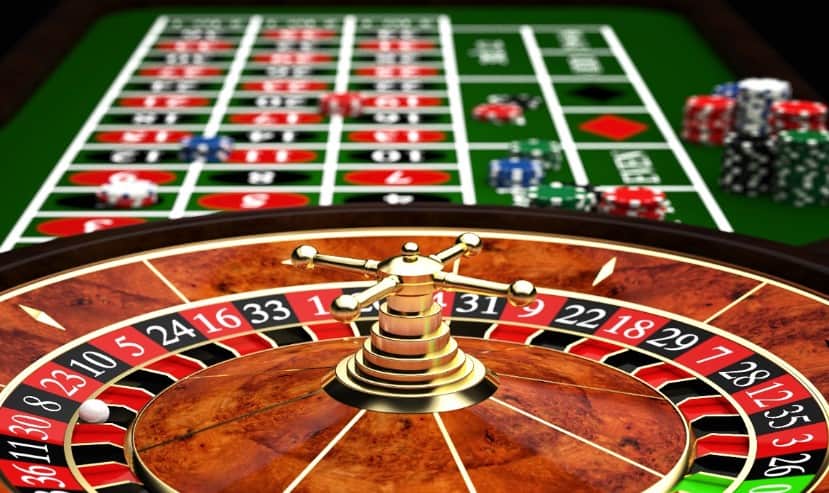
How to Play Roulette Step by Step Guide E-Vegas.com
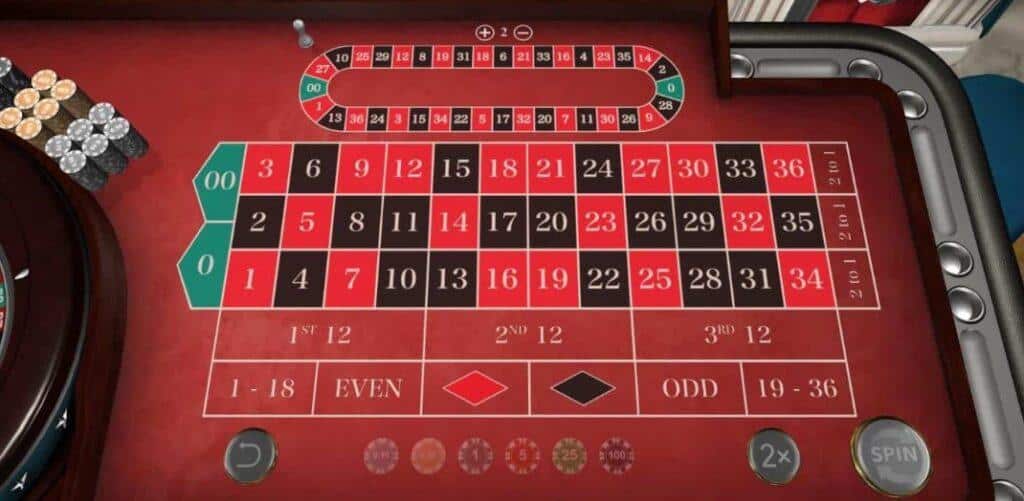
Roulette: American | Why American Roulette Online Is Not Your Best Roulette Option
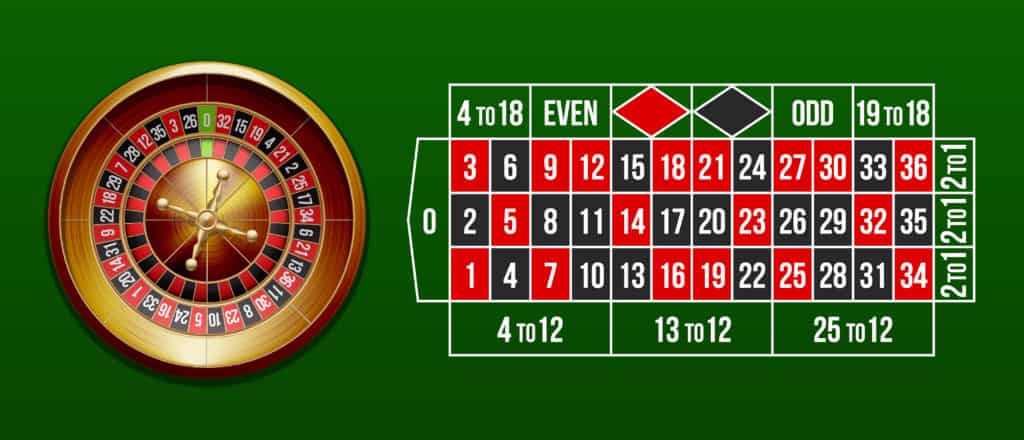
Roulette: European | What is European Roulette and How to Play? E-Vegas.com Guide
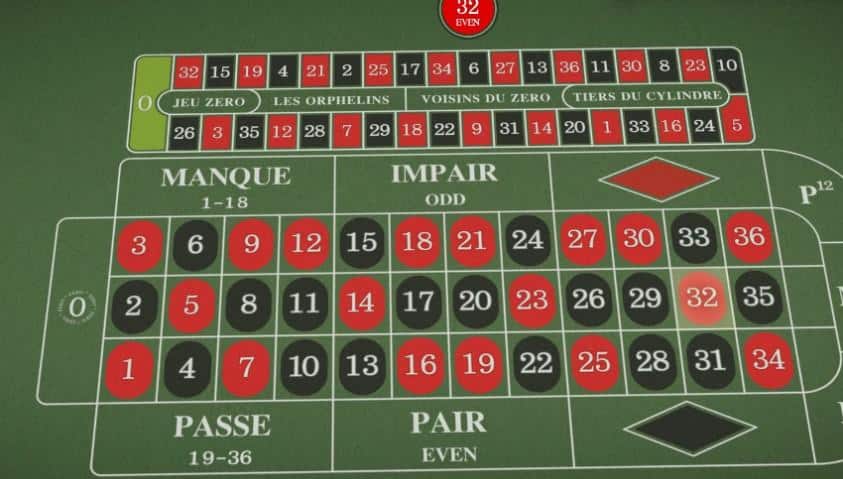
Roulette: French | What is French Roulette and How to Play? E-Vegas.com Guide
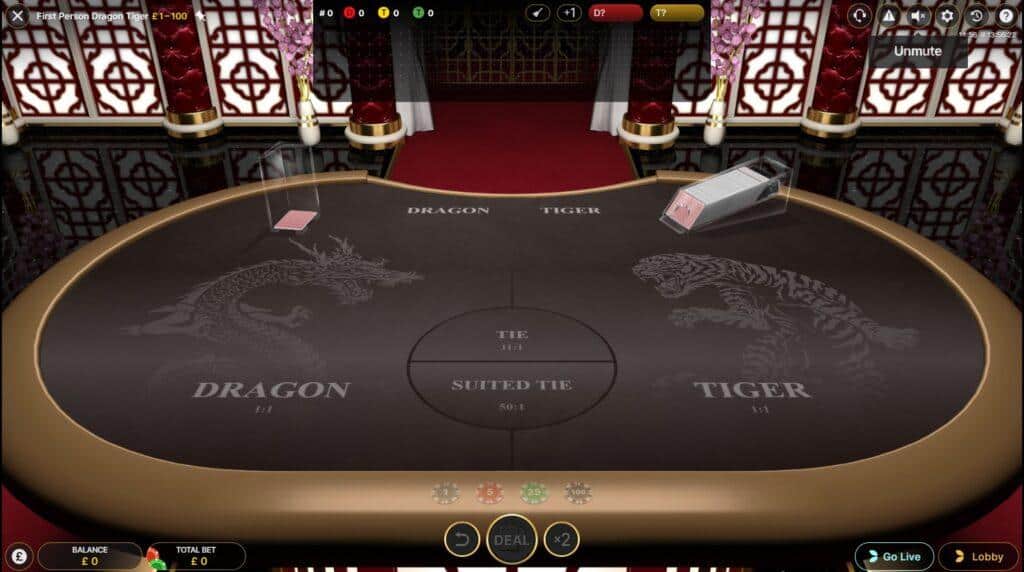
Game Review: First Person Dragon Tiger | Evolution Gaming | E-Vegas.com Review
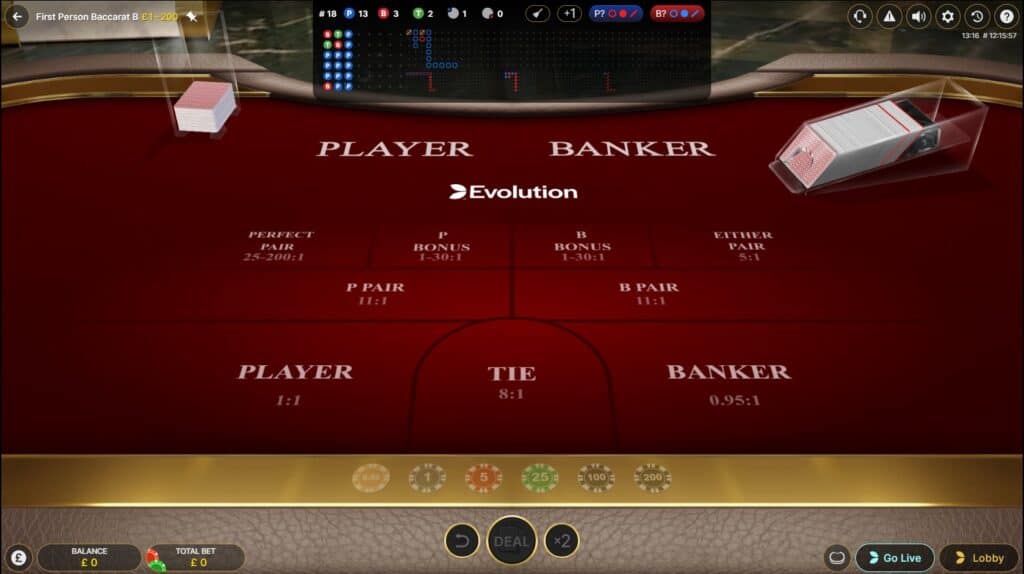
Game Review: First Person Baccarat by Evolution Gaming | E-Vegas.com Reviews
Frequently Asked Questions (FAQs):
1. What is Baccarat?
Baccarat is a popular casino card game known for its simplicity and elegance. It involves betting on the hand that will have a total value closest to 9.
2. How do I play Baccarat?
Players place bets on the player’s hand, banker’s hand, or a tie. Each hand is dealt two cards, and the values are added. The objective is to bet on the winning hand.
3. What are the card values in Baccarat?
Aces are worth 1 point, face cards and tens are worth 0 points, and other cards are worth their face value. If the total exceeds 9, the first digit is dropped.
4. What is a “Natural” in Baccarat?
If a player or banker gets a total value of 8 or 9 with the first two cards, it’s called a natural, and no more cards are dealt.
5. When is a third card drawn in Baccarat?
A third card may be drawn based on specific rules: if the player’s total is 0-5 or if the player stands, the banker follows similar rules.
6. How is the winner determined in Baccarat?
The hand with the highest total value (closest to 9) wins. Winning bets on the player’s hand pay even money, while banker bets come with a 5% commission.
7. Is betting on a tie advisable?
Betting on a tie pays 8 to 1, but it’s a rare occurrence and not recommended as a regular betting strategy due to its low probability.
8. What is the history of Baccarat?
Baccarat’s name, meaning “nothing” in Italian, reflects the zero value of face cards and tens. It has a rich history, originating from the French game chemin de fer.
9. How has Baccarat evolved online?
Baccarat seamlessly transitioned online, offering various versions and live dealer formats. It has become a popular and accessible game in digital casinos.
10. Why is Baccarat popular in Las Vegas?
Baccarat gained prominence in Las Vegas in the late 1950s, attracting high rollers with its high stakes and low house edge. Today, it remains a favorite in both traditional and online casinos.





